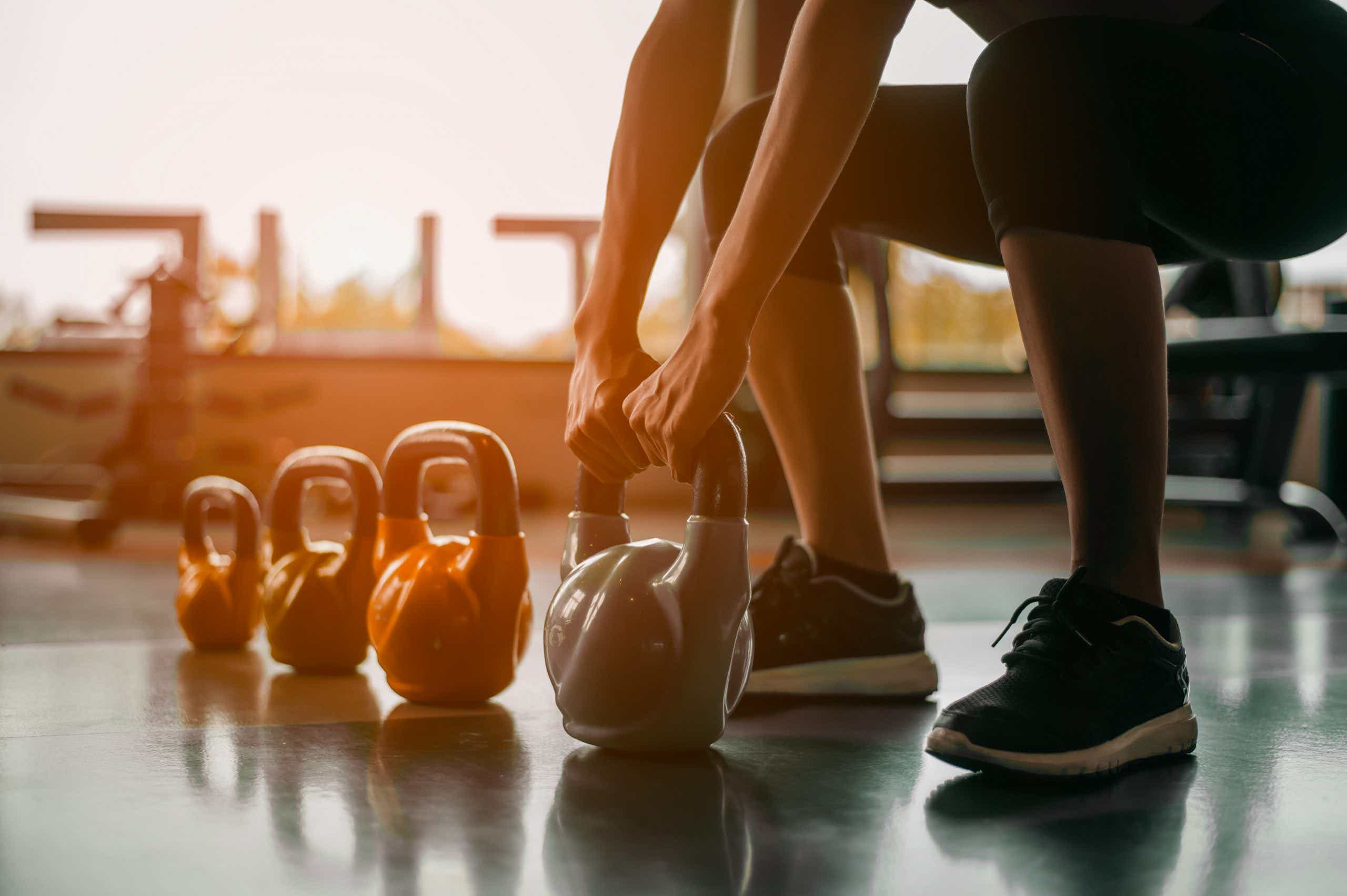Intro: If we didn’t know any better, we’d say that the benefits of exercise are too good to be true: By moving our bodies, not only can we boost our moods and make it easier to complete daily tasks, but we can also improve our sleep, reduce disease risk, and slow bone density loss. But we can’t reap all those rewards if we stay on the couch, and turning exercise into a regular habit can be difficult. Below, Dr. Sam Meraj, Senior Director of Quality, Safety and Reporting, Health and Wellness for Walmart, describes the link between movement and health, explains how different workouts impact our bodies, and offers tips for easing into a new routine.
KCM: What are some of the physical and emotional benefits women, in particular, get from exercising regularly?
Dr. Meraj: Everyone wants to stay healthy, look great, and feel strong through every season of life. Exercise provides a nearly universal advantage in achieving this goal.
Exercising regularly is a matter of prioritizing yourself and your health. Doing so has both short and long-term benefits, including lowering blood pressure, improving sleep, reducing risk of heart disease and diabetes, decreasing stress, and increasing confidence. A regular exercise routine can also improve long-term bone health, prevent cancer, reduce the risk of falling, and counteract hormone-driven mood swings in women.
On top of all of those benefits, exercise can be a great way to connect and build community with friends who have similar goals and exercise routines.
Are all exercise regimens created equal? How do the health benefits of running, for instance, differ from those that come from yoga or strength training?
Different types of exercise have different benefits, and the best approach incorporates several kinds of movement. Women should aim for at least 150 minutes of moderate intensity exercise or at least 75 minutes of vigorous intensity exercise each week. Moderate intensity exercise includes activities that you can talk, but not sing, during, like brisk walking, light running, or doubles tennis. You’ll only be able to say a few words at a time when exercising vigorously.
It’s also important for women to do resistance or strength training, which can consist of free weights, weight machines, or body weight training. Not only do these workouts boost women’s metabolism, but they can also prevent osteoporosis and help ward off the core weakness that can lead to falls as we age. Women should aim to strength train all major muscle groups at least twice a week.
Finally, women should incorporate flexibility and balance into their workouts two to three times a week to reduce injury risk and the likelihood of developing aches and pains.

Starting a new exercise routine can be intimidating, especially if you’ve taken significant time off. What recommendations do you have for how women can avoid injury and ease back into a fitness regimen?
When it comes to building up your comfort level and making exercise a long-term habit safely, it’s really important to start small and slow. As you gradually increase your ability, focusing on correct technique and posture will reduce the chance of injury.
Starting slow looks different for different people. Maybe you eventually want to aim for a 10,000 daily step goal, but you start by walking for a few minutes and adding one minute each day. Or maybe you want to ease yourself into going to the gym and start by driving there and spending five minutes in the parking lot. A few days later, go in and walk around. Eventually, you may feel motivated to keep exploring. If going to the gym is difficult because of COVID-19 restrictions, try working out at a park or trail instead.
You can also start a fitness routine by incorporating exercise into your everyday life. Try taking the stairs instead of the elevator, walking around between meetings, or keeping light dumbbells near your desk and picking them up for a minute when you get a chance.
If you lean on social media for support, please make sure that you are following people who have strong reputations and are qualified and legitimate. Also, don’t shy away from seeking professional guidance or finding a personal trainer to teach you the correct form and technique. If you have any medical conditions, are pregnant, or have other concerns, consult your physician before starting a new exercise regimen.
Although many people might love to carve out an hour a day for exercise, sometimes our schedules just don’t allow for it. What activities should people with busy lives and limited time gravitate toward to get the most benefit from their workouts?
I’ve found it helpful to keep exercise equipment in the rooms where I spend most time, which for me is inside my home office. It’s easier to hop on to an exercise bike for a few minutes between meetings or pick up some weights in the morning if they’re sitting right there. You could also explore a treadmill desk, an under-desk elliptical, or a standing desk to promote movement throughout the day.
Interest in working out at home skyrocketed over the last year, and some experts predict that the trend will outlast the pandemic. What gear and equipment should be at the top of the shopping list for someone setting up a home gym?
There are many forms of exercise that you can incorporate into your daily life without having to invest in any equipment: You can climb stairs, walk briskly, jog, play with children or pets, or do strength exercises like squats, crunches, and planks. Having a simple exercise mat and hand weights may help you progress some of these movements.
If you are willing to spend a bit more money, there are many options available, including in-home rowing machines, exercise bikes, ellipticals, and treadmills. Ultimately, you’re going to do the things you enjoy, so I recommend discovering what you like and can sustain long-term by spending some time at the gym and learning before you invest in equipment.









